So, how exactly did you come to adopt a 35mm focal length lens as your everyday carry? Well, gradually and then very suddenly.
For decades, since, well, I started out in photography in the 1980s with an OM-1 and a 50/1.8, I was a one camera and one lens man. Mostly through a lack of money. And it suited me fine; no gear decisions to make. I did eventually get a used 70-210 but I saw that as specialist kit and didn’t carry it around – I only used it at motorsport events. Then I tried a tiny 24-70 zoom which I dropped (ok, I fell over the tripod it was on) and dented it. Kaput. Back to the 50 then.
Along the way I’ve tried 24s and 28s and never got on with how close you had to be, and also never got on with the level of bug eyed distortion that normally came with them. I did eventually get a 1.4, but I stuck with the “as close to the human eye” 50mm focal length.
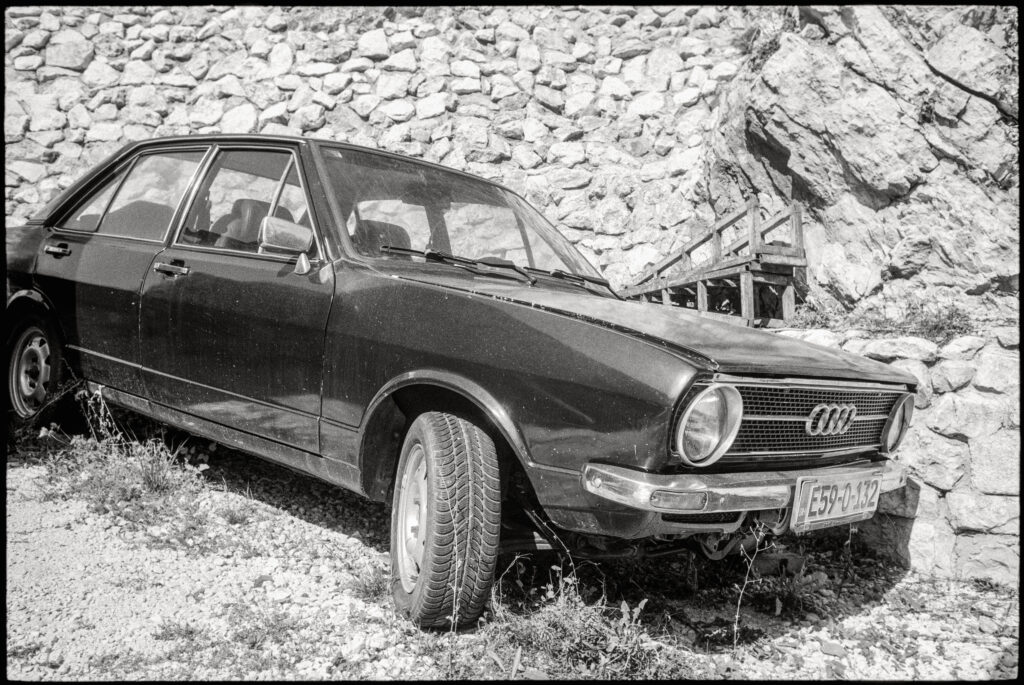
Fast forward a million years and I wanted to branch out; to step back a little bit and get a different perspective. This as I moved away from what I grew up doing: photographing people. By now I was using an M3 with a Summicron 50 and was very happy. Happy until I had a building or a monument or a tree in front of me. But I knew that as soon as I had two lenses I’d never know which one to use. Or to carry around. Or I’d always have the wrong one with me. Or wish I had the other one. I just knew I’d hate having a choice.
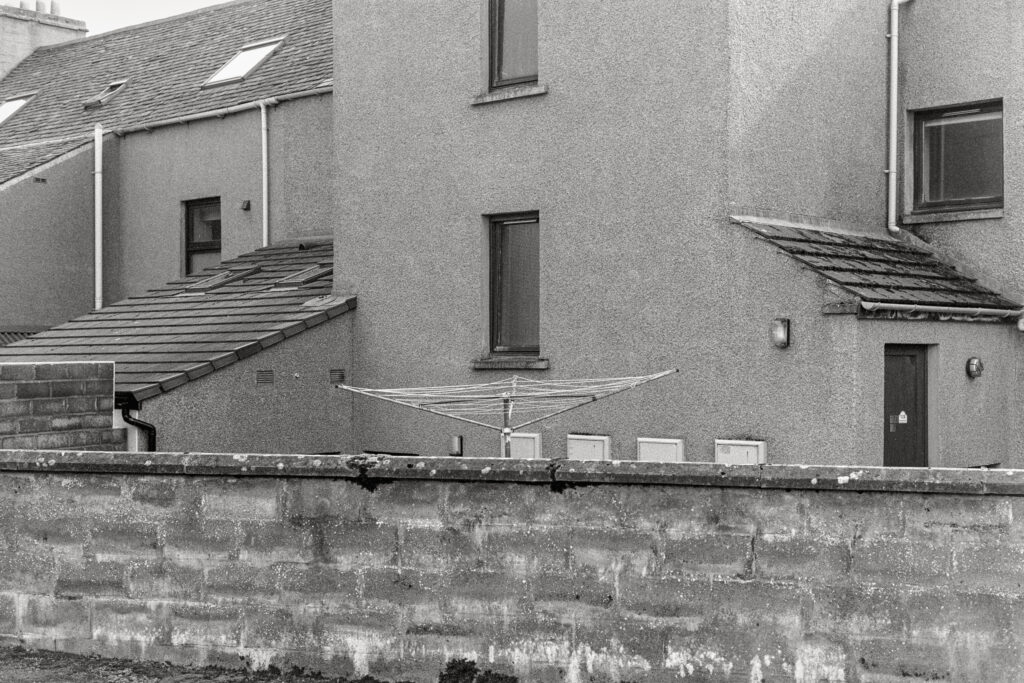
I ignored all those qualms and dark inner voices and sought out a wider lens that wasn’t all that wide – a 35. In my head I reasoned it was nearer to a 50 than it was to a 28. I also reckoned that I’d get on with a 35 as I’d get the wideners I wanted without the having to get really close as you would with a 28. It was going to be an experiment.
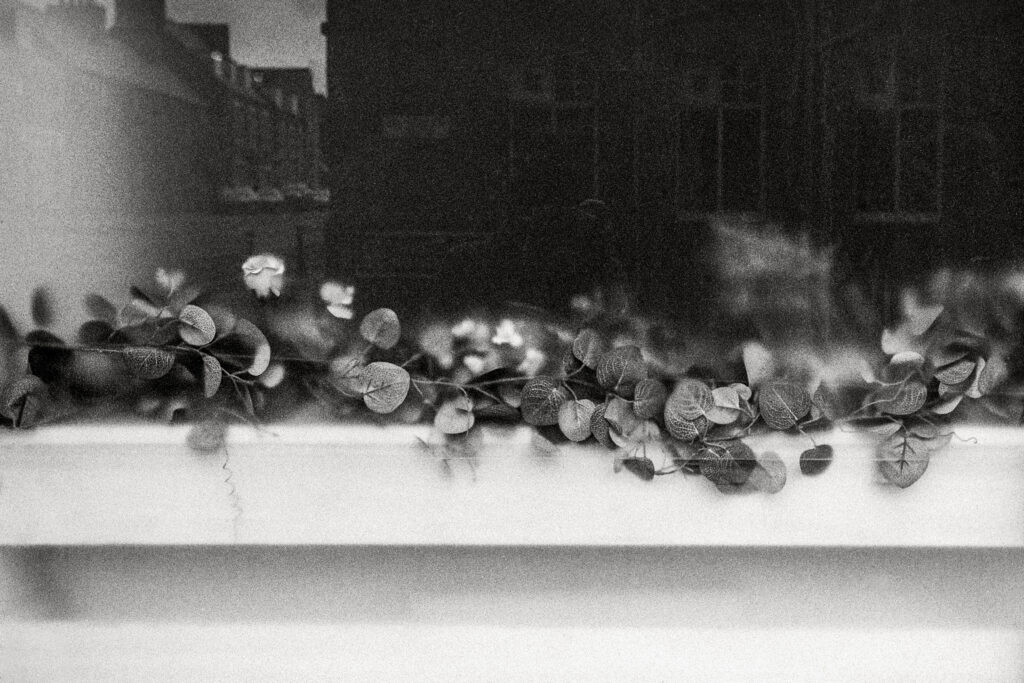
I started researching (I love researching this sort of thing) Leica 35s (seeing as I had the budget) with an overriding consideration being the fact that the M3 doesn’t have framelines for 35mm lenses; it’s the Leica you get when 50 is your main focal length. Exactly why I chose it in the first place.
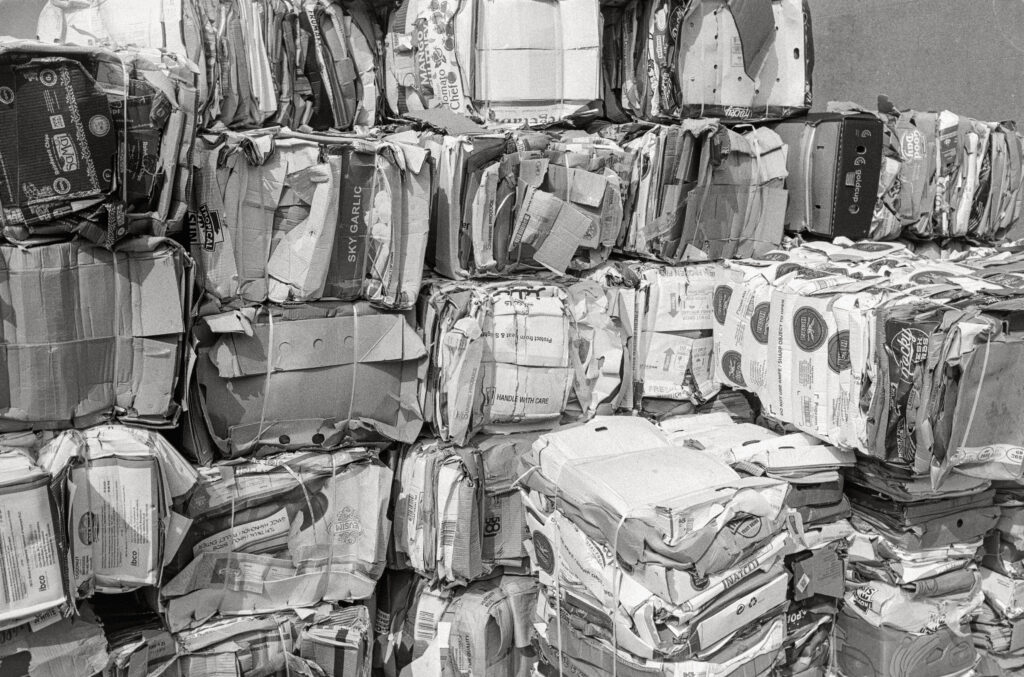
At this point I had a range of options: replace the M3; use the whole viewfinder instead of framelines with ‘any’ 35mm lens; or get a 35 with parallax adapting ‘goggles’ designed for the M3. I wasn’t keen on replacing the M3, and I wasn’t keen on the guesswork involved in using the whole viewfinder. That left me with a limited number of goggled lens options. If I then factored in cost, I was largely left with the Summaron range (the Summicron 35 with the adapter optics were way out of my price range).
The Summaron 35mm was made in two forms: from 1946 to 1960 as the f3.5 version and from 1958 to 1974 with an f2.8 maximum aperture. They are optically very similar if mechanically quite different, but with the f2.8 currently costing nearly twice that of the f3.5, I plumped for the slower lens.
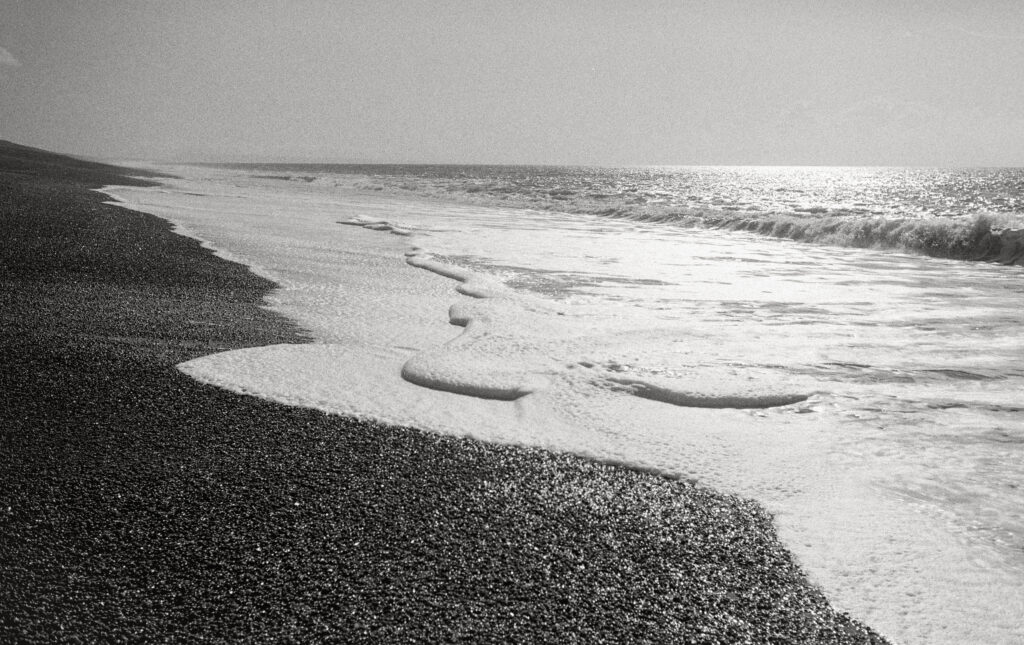
Much is written and quoted about lens sharpness and character and I was anecdotally expecting my 35/3.5 to be sharp, while also being ‘soft and glowy’, to use the Leica vernacular associated with vintage 1940s glass (or, in my case, 1957).
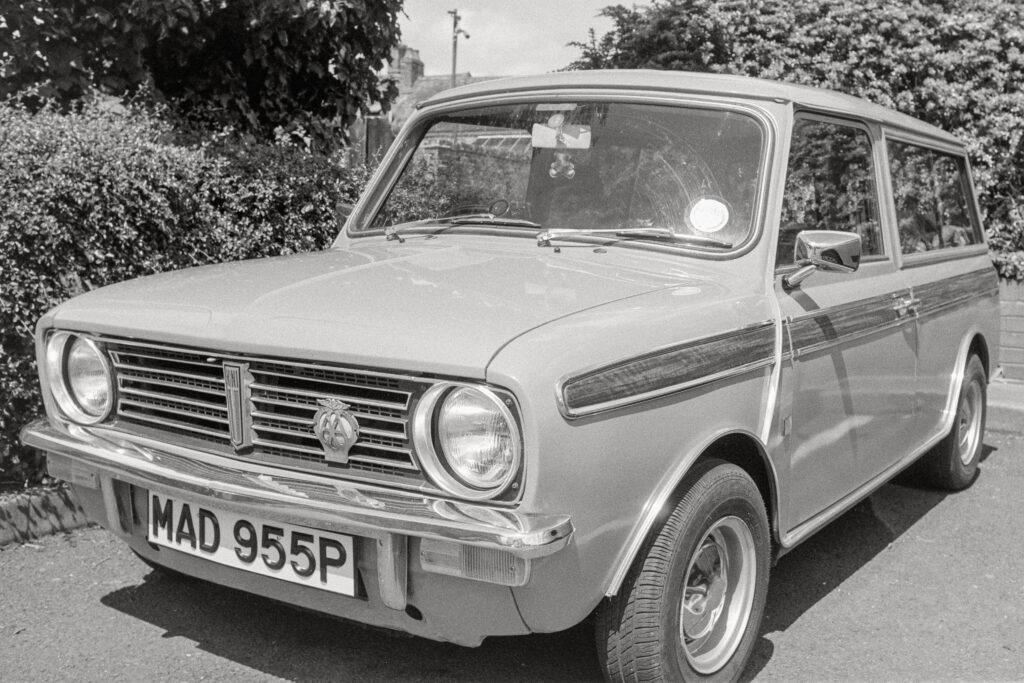
What I found though, as you see here, is a lens that renders subjects in a stunningly natural and beautiful way. I love what it does with/to FP4 in Rodinal. It took me a while to realise this though as I was using it infrequently – I was still nervous about that wider angle of view that I just wasn’t used to… until I realised that my little brick of a Nikon L35AF point and shoot has a 35mm lens and I loved what it delivered. Get a grip – be braver!
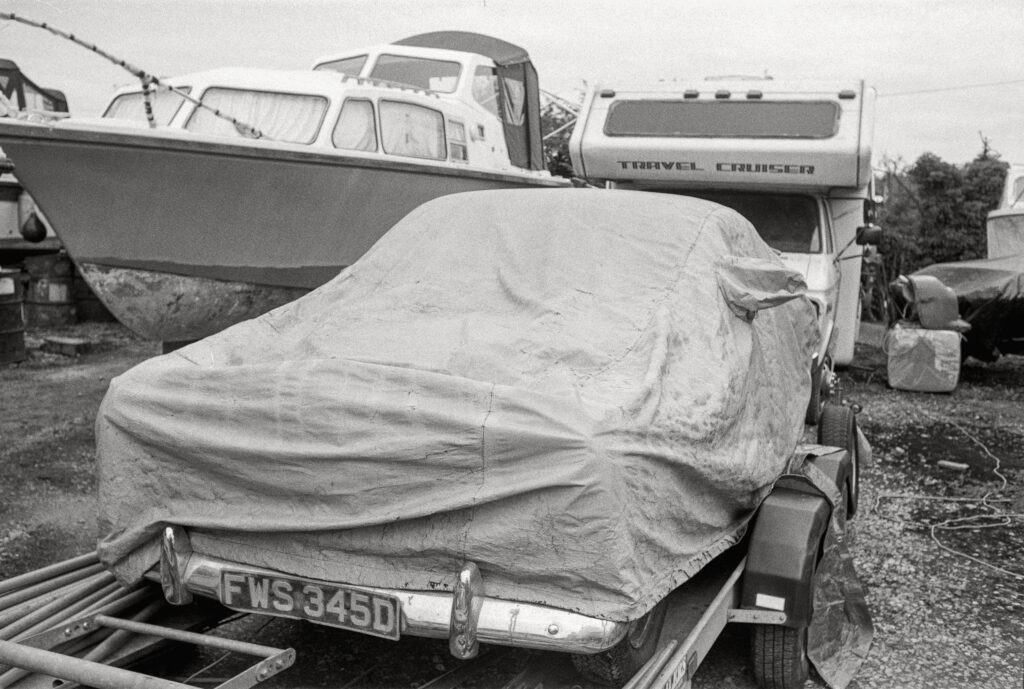
In the end, I took the Summaron out more and more. And then it started sitting on the camera more and more. And then I stopped carrying the 50 along. And now it’s almost all I use. I’m definitely over the which-lens-to-choose dilemma. That’s gone. And I’ve also stopped wondering if I need/want the faster 35/2.8. I know I don’t because I always use the one I have at f5.6 or higher. I now even think it might be my perfect lens. Gradually, and then suddenly my perspective was widened and I was converted.
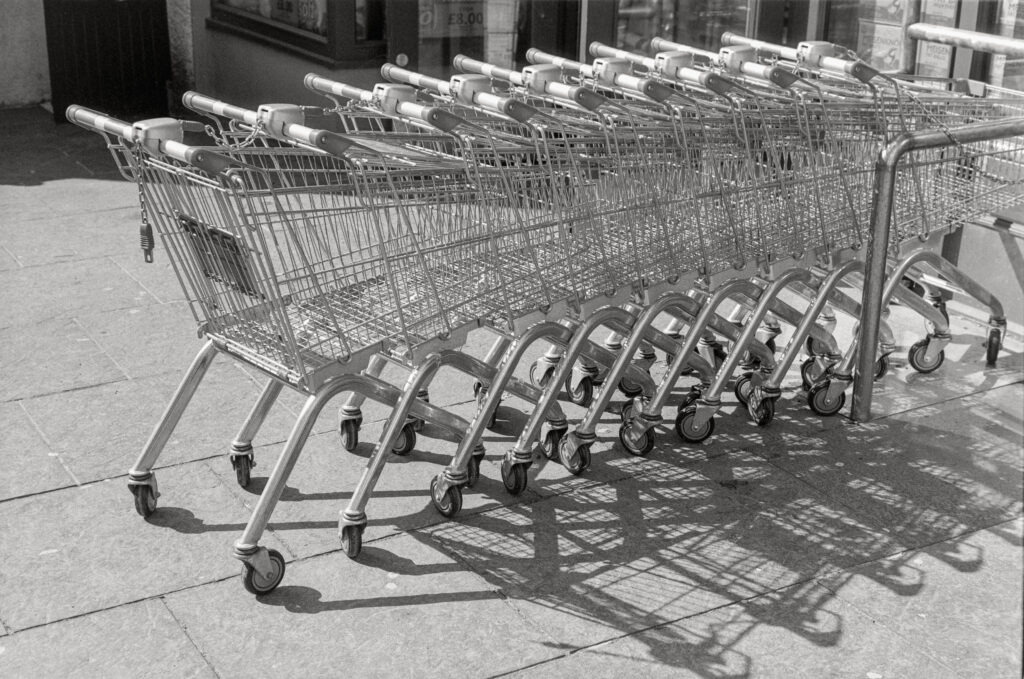
I now visualise images through the 35mm focal length – no longer through the basic normality of the nifty-fifty. I’m liberated but I admit this maybe through the novelty of being able to photograph more of what I see without having to walk backwards.
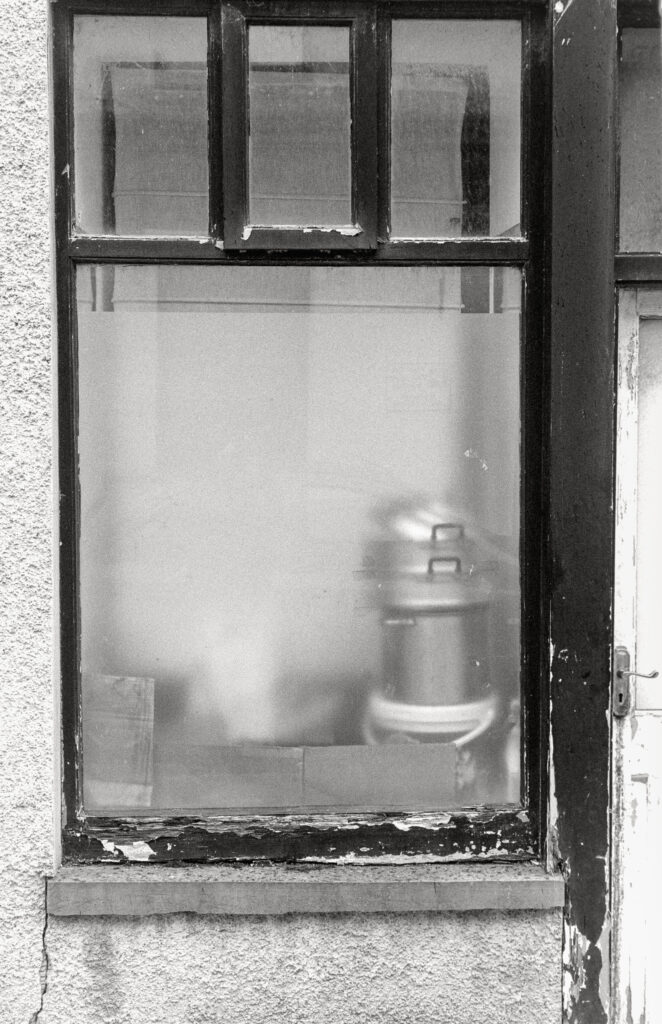
In researching by images for this article, I went back and found the images I knew were taken with the Summaron; I also went to see if I could tell which images were taken with it when I hadn’t documented which lens I’d used. This was hard if not impossible. And this was a bit of a surprise. A surprise as I thought that looking at the images the field of view (and/or whatever distortion the 35mm lens introduced) would have made the focal length used obvious. It didn’t. I also thought the disparity of documented and anecdotal sharpness of each lens would have made them easily discernible when looking at the images. It didn’t. As I alluded to earlier, there’s such a lot of guff and nonsense spouted about lens sharpness when all that matters is how happy you are with what you end up with in your negatives, and as I’ve written about before, the quality of your neg scans if you digitise. I’ve nailed both. Happiness all round.
You can see my photography and printmaking on Insta and I have a website too.
Share this post:
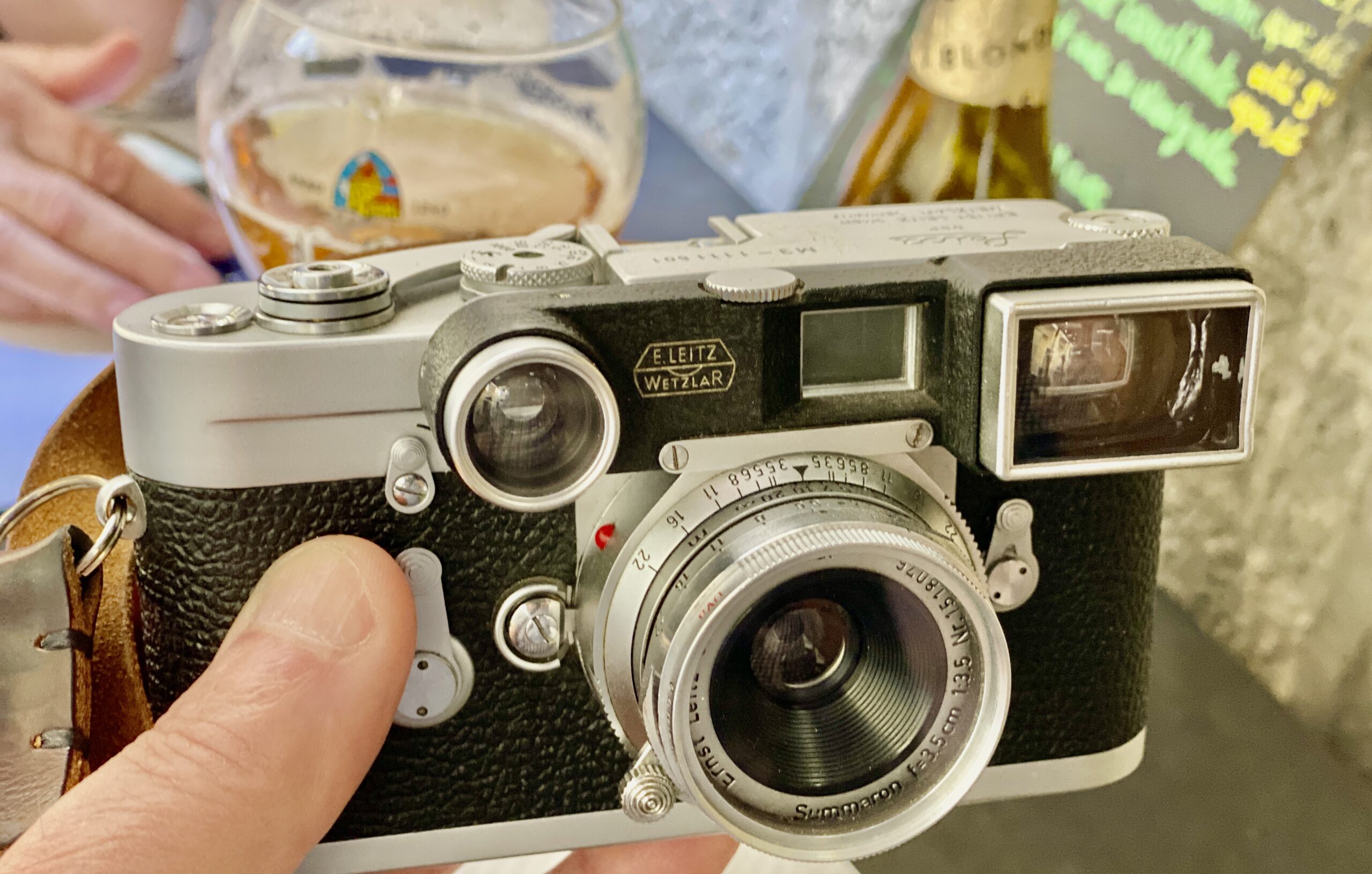
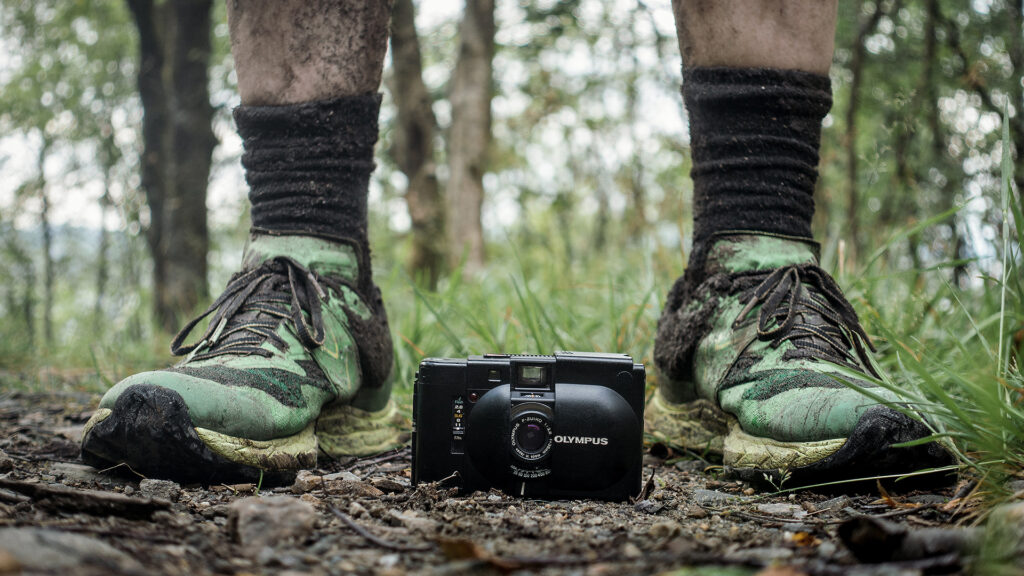
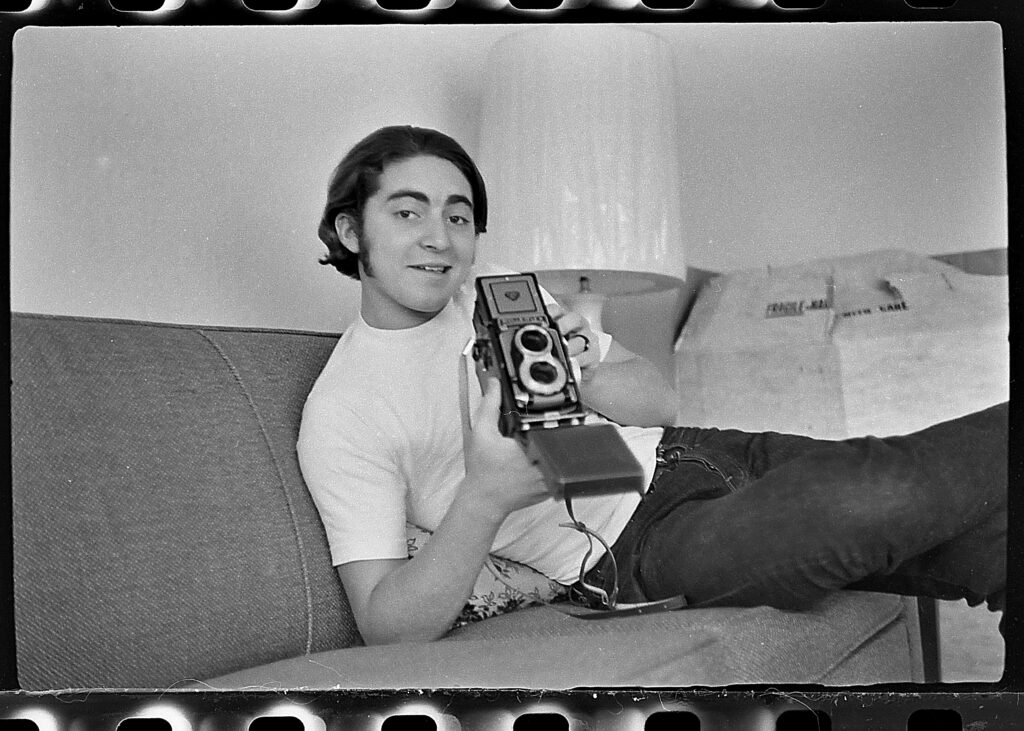
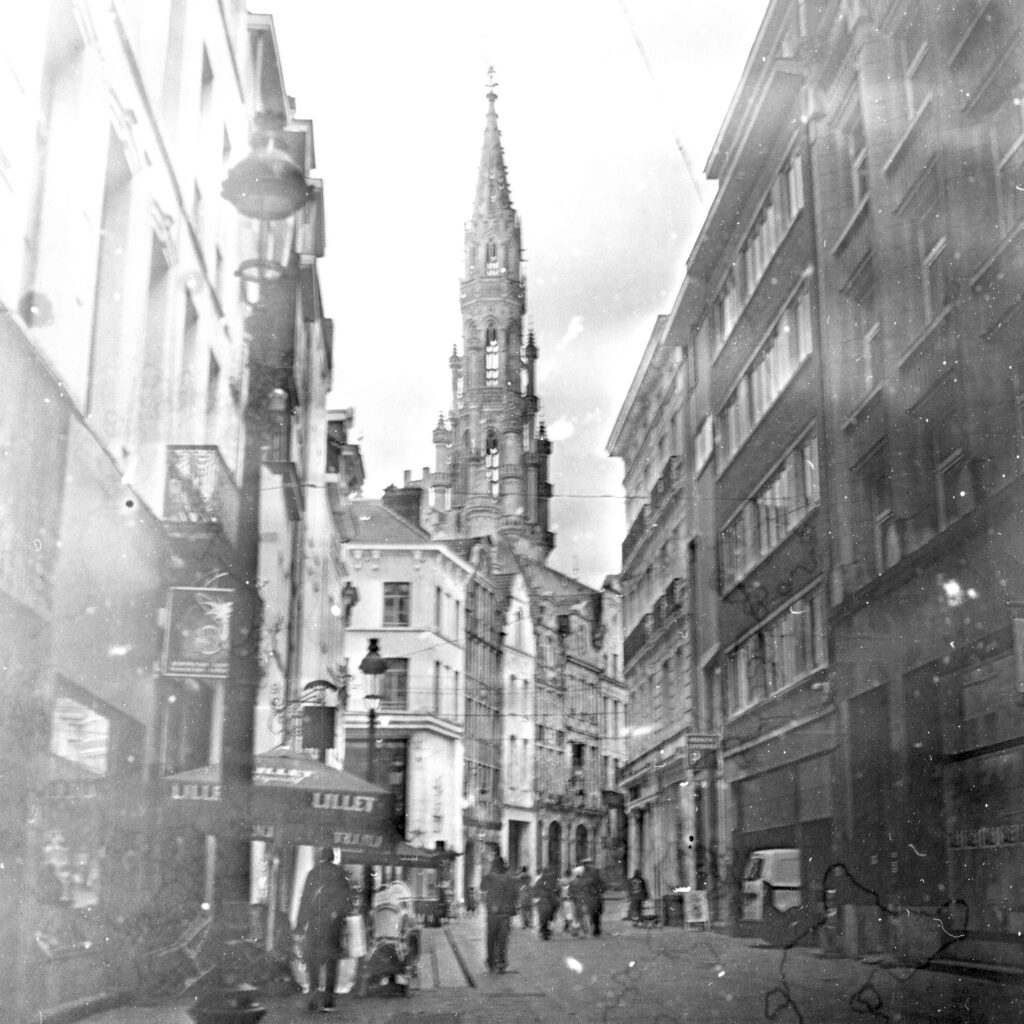
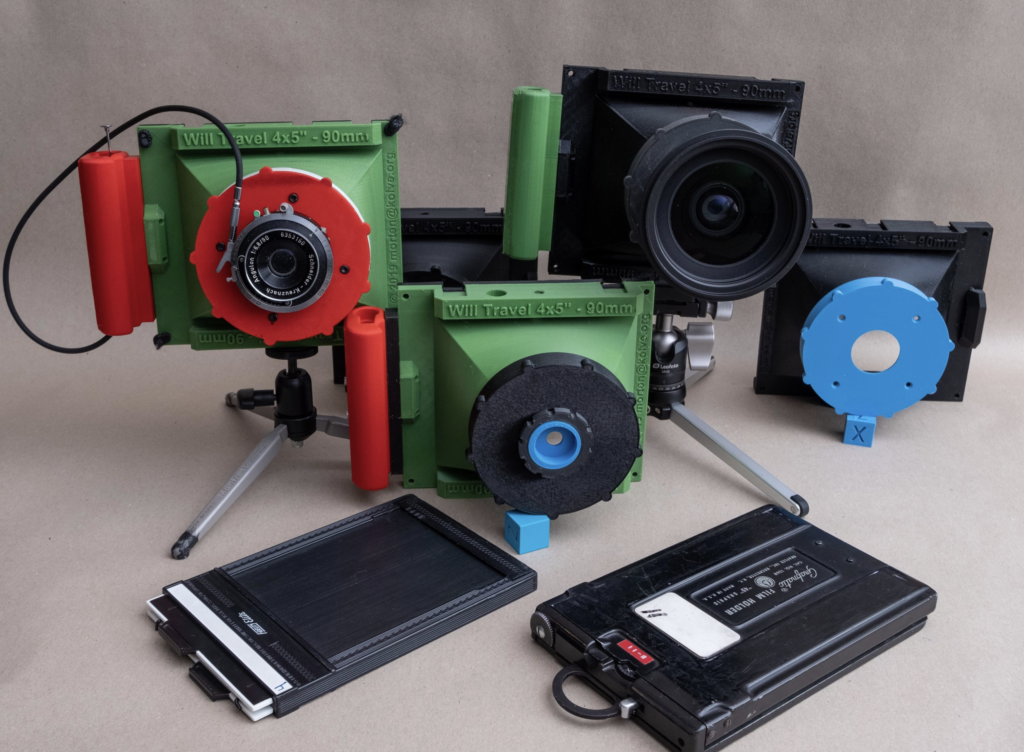




Comments
Jukka Reimola on From a 50 to a 35 – How I Changed My Perspective
Comment posted: 21/10/2024
Comment posted: 21/10/2024
Paul Quellin on From a 50 to a 35 – How I Changed My Perspective
Comment posted: 21/10/2024
Comment posted: 21/10/2024
Richard Alton on From a 50 to a 35 – How I Changed My Perspective
Comment posted: 21/10/2024
Comment posted: 21/10/2024
Andrew L on From a 50 to a 35 – How I Changed My Perspective
Comment posted: 21/10/2024
Comment posted: 21/10/2024
Rich on From a 50 to a 35 – How I Changed My Perspective
Comment posted: 21/10/2024
Precisely! Which is why I'm still shooting with a Ricoh 35-80 lens on my Chinon CM-7 – I am happy with what I end up with!
--Rich
Comment posted: 21/10/2024
Geoff Chaplin on From a 50 to a 35 – How I Changed My Perspective
Comment posted: 22/10/2024
You're quite right about lens quality, I sold my 50 cron and got a Zeiss Planar which I'm very happy with - and so is my wallet.
Comment posted: 22/10/2024
Timothy Hancock on From a 50 to a 35 – How I Changed My Perspective
Comment posted: 22/10/2024
Comment posted: 22/10/2024